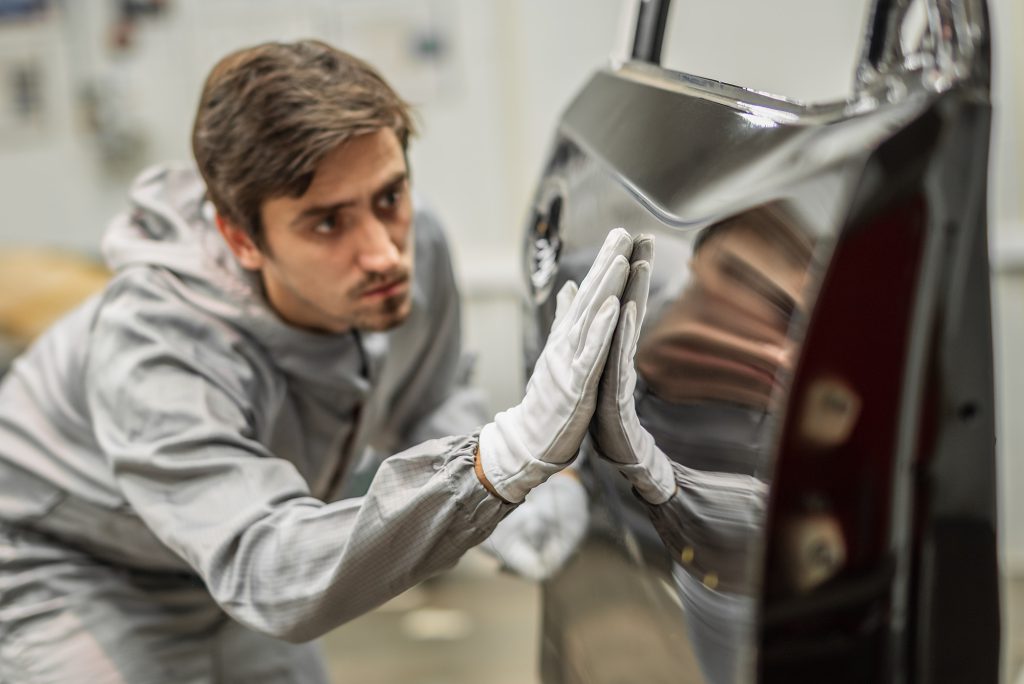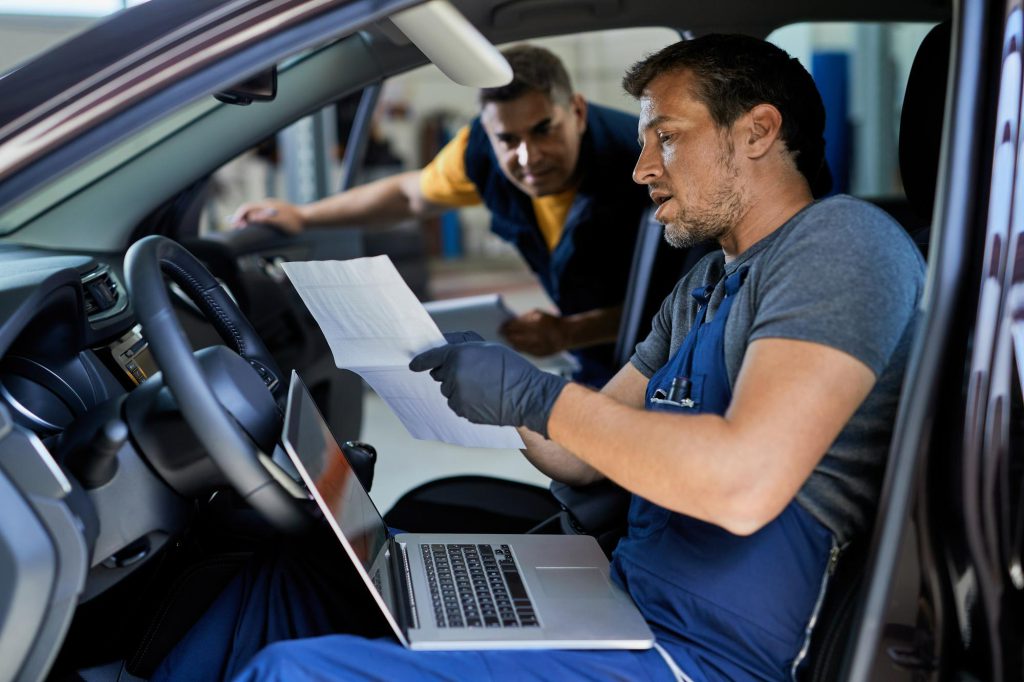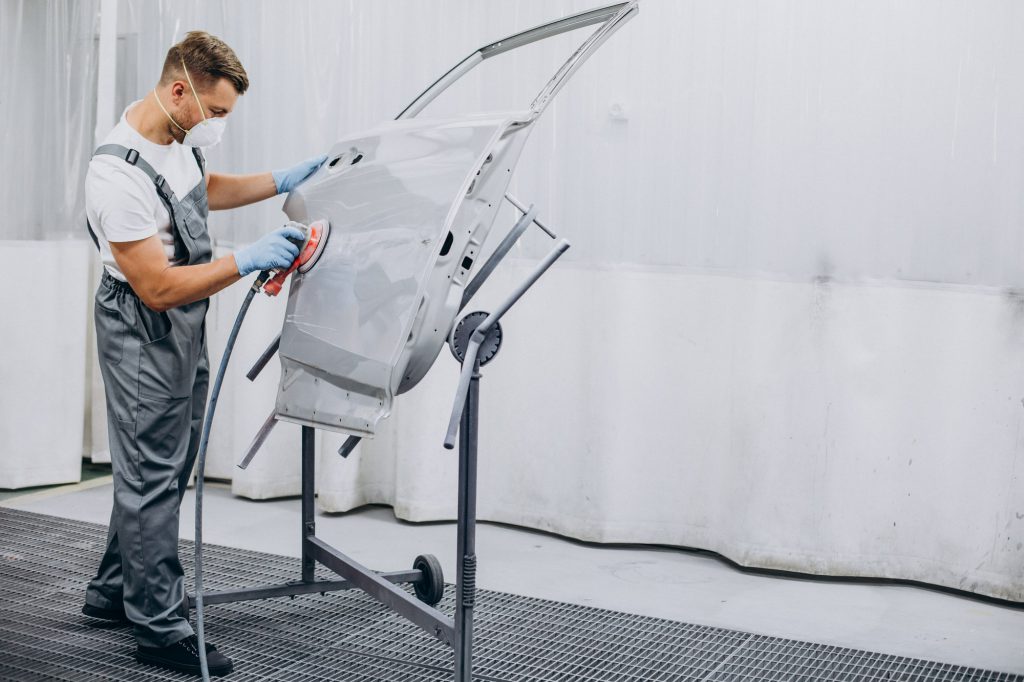
Use of photographs of client cases in companies to conduct online activities
Simulation of practical customer cases (customer reception) during virtual class from photographs of damaged vehicles to question learners and make them think about good professional practices.
France / Training centre of the French Bodywork Federation
The practice provides various situations for diagnosis on a vehicle that could be used during virtual classes.
Pedagogical context:
The project was tested in two scenarios: during the first lockdown (March-June 2019) and then at the end of the year 2019 when Mr Jardin was in quarantine at home. Before that, there was no specific digital project or digitization.
Technical context:
Each trainer has a computer. The training centre bought 4 mobile classrooms with 10 workstations. The centre rents from a high school but has its own wifi network.
The main difficulty on site comes from the internet connection, which sometimes causes problems.
Design context:
It's a lot of work to create the course and the scenario. For 2 hours of virtual class, it takes between 7 and 8 hours of pedagogical design and preparation. Fortunately, once built, the course can be reused several times.
Simulation of practical customer cases (customer reception) during virtual class from photographs of damaged vehicles to question learners and make them think about good professional practices.
Based on one or more photos, the apprentices look for the different stages of repair. Taking into account these elements, the apprentice must answer questions, establish a diagnosis and submit a cost estimate. Afterwards , there is a feedback session by video conference with the trainer.
After a week. Mr. Jardin realised that basic virtual courses were not working well for the learners. He therefore had to quickly find a solution to involve the learners and interest them. He therefore had the idea of starting with photos and building his course around them, then asking questions via chat to make it interactive and then linking it to the course materials.
Technology + Practical work in the car body workshop
Learners EQF level 4 in bodywork repair
Approximately 30 learners
100 % apprentices, 1 week in school / 1 week in companies
As the course was given by videoconference, Mr. Jardin worked with his apprentices on a methodology based on questioning and dialogue, in order to make them share their experience in the company and make them explain their knowledge.
He tried to set up a process that would be as close as possible to what happens in workshops. Of course, the technical part (bodywork) is not feasible, so he concentrated on the customer reception/diagnosis/quotation part, which was transferable.
Completion of a professional file.
This practice has strengthened the bonds between the trainer and the learners.
Also, the trainer works differently now, even during the practical courses. He brings more external files to transcribe experiences. For example, some learners now send photos of cases they are working on in the company and they take them back to the course.
-This requires a lot of preparation on the part of the trainer. It is necessary to anticipate as much as possible. Then the hardest thing is to let the learners speak and not overload them". It is important to give them time to think, to make mistakes. We must not give them the answer immediately but evolve with them.
This type of practice should be done with groups of 6 to 14 learners (ideal number: 8 to 10). If less than 4: no interaction and if more than 10 it is difficult to get everyone to talk.
https://drive.google.com/drive/folders/1YTZRIKU3xrqXUE1ZjO413rAzAbCE2s4l?usp=sharing






